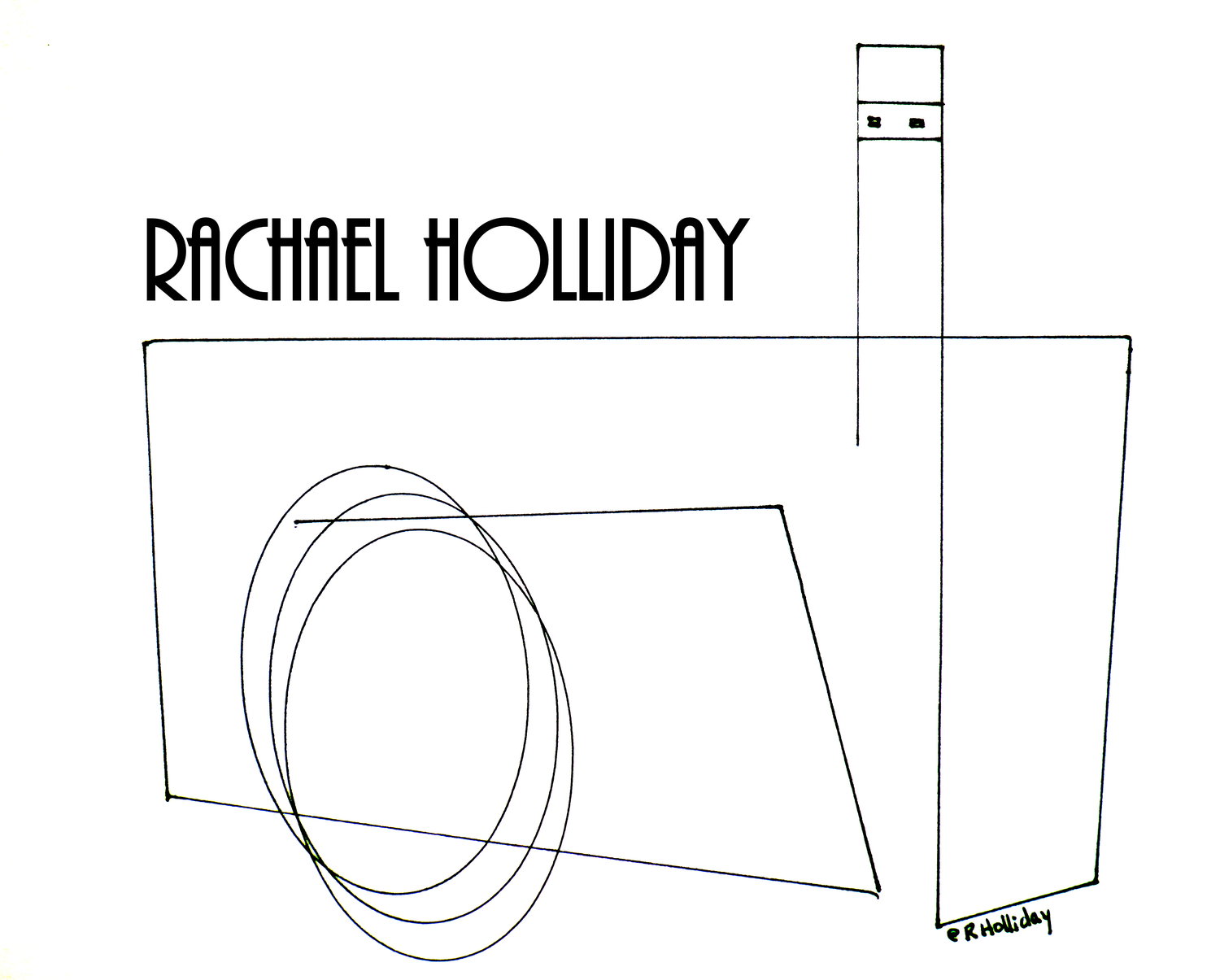Stopping Metamorphosis
Published in Thoroughfare 6.1 Fall 2013: 22-23. Print.
In May 2013, I participated in the Study Abroad program to Greece, a travel writing course developed by English professor Dr. Janet Lowery. The creative writing class provided the students with opportunities to visit historical sites, interact with people and learn about their culture, while writing and work-shopping about each day’s events as we went along.
While most of our time was spent in Greece, we spent one day in Turkey. On May 28, we visited Ephesus, and then the Topkapi Garden near Kusadasi. The Topkapi Garden looks like a quaint farm. Chickens roam, scratching where they wish. Swallows fill the air with their melodies, as they swoop back and forth from their clay basket-nests dabbed in the eaves. Pink roses and Queen Anne’s Lace decorate the landscape, nodding flower-crowned heads in the breeze.
Yet the Garden is more than an idyllic farm: it is a school. A school for economically challenged women to come and learn the art of Turkish rug weaving. They come, as many as eighty-five at a time, leaving with a valuable skill that they can take with them wherever they go.
The rugs are woven out of cotton, wool or silk. The threads are dyed with natural substances, such as onion skins to make brown and dried pomegranate for light red, the roots for dark red. Saffron was used as a yellow dye until it became so popular as a spice that the price for it rose too high for it to be used as a dye. Dried daises are now used instead of saffron. Some wool is left the natural color of the sheep—cream, brown or black. The thread is left to soak in covered wooden vats until the desired level of color is reached. It is then washed with water and rock salt to lock in the color with the fiber to prevent fading.
To create the silk thread, the metamorphosis of the silkworm must be stopped. Silkworms eat mulberry leaves, which have a protein in it that the worms need to create the silk. The silk is what the worm makes its cocoon out of so that it can transform during its inert pupa stage into an adult silk moth. In order to emerge from its cocoon, the silk moth must create a hole, yet this hole ruins the continuous flow of the silk, making it less valuable. To prevent this from happening, the cocoons are collected before the completed metamorphosis, and boiled in a cauldron, killing the silkworm.
The cocoons bob about in the caldron looking like gnocchi that is ready to be scooped out of the pot and served with butter. At this point, the silk is ready to be gathered, a task so difficult it takes a master’s touch; it takes a long time to become skilled at gathering the silk. A twiggy brush is rapidly jabbed into the pods. Next, with a series of nearly indiscernible hand movements, the master captures the speared strands of silk and pulls them up with the brush, attaching the strands to spools. Using a foot-peddle powered spindle, the master winds the strands into thread.
The students learn to take the threads and create works of art on a tall loom. Following a pattern, they use a double know technique to thread the rug. Depending on the size of the rug and the intricacy of the pattern, one rug can take eighteen months of labor to complete.
They learn three styles: the imperial, which are floral; the Caesarean, which features a center medallion; and the geometric, which imitates tribal patterns, akin to the tartans of the Scottish clans. Hereke is the highest form of rug art—one was sent as a gift to President Obama and currently lies in the White House.
After completing the school, the women often return to their villages. They can do their rug making in their home, sending it to the school (which also acts as a merchant), earning an income, making them valuable to their family as well as making them a bit more independent.
The silk worm is stopped in its metamorphosis, an act that could be viewed as cruel, so that a work of art can be birthed, and the life of a woman can be transformed.




